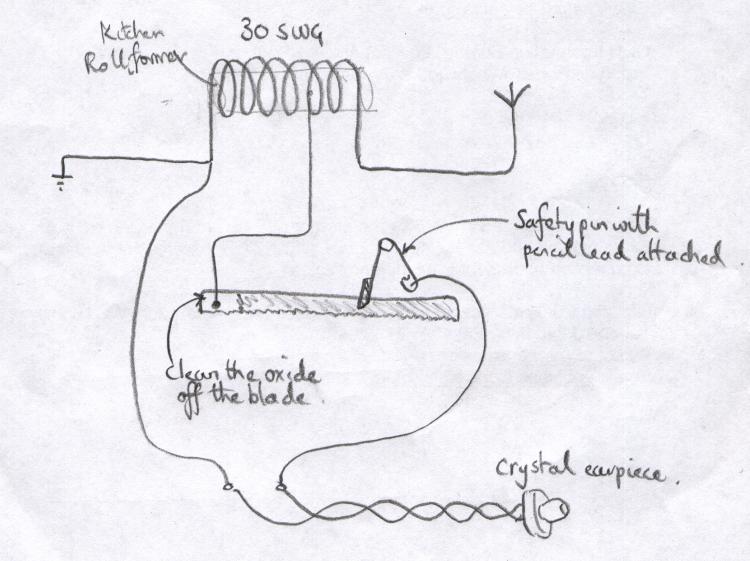Nikolai Petrenko
Member
I am searching something can replace these transistors:
BF199, BF494, 2N4001, 2N4003, MPSA18
And there are all I have:
2N3904, S9012, S9014, S9015, S9018, 8050, 8550, C945, D965. But 8050 and 8550 seem by fit to make push-pull amplifer.
All I need are for radio receiver or RF, light... detetors.
I also want to know can 1N4148 replace 1N34 in crystal radio. I can't find 1N34, no stores I asked have 1N34 or other germanium diode. ( I can make 300ft antenna and good ground for strong signal ) ( 1N4148 heated or red LED in series with 1,5v cell will be good idea??? )
BF199, BF494, 2N4001, 2N4003, MPSA18
And there are all I have:
2N3904, S9012, S9014, S9015, S9018, 8050, 8550, C945, D965. But 8050 and 8550 seem by fit to make push-pull amplifer.
All I need are for radio receiver or RF, light... detetors.
I also want to know can 1N4148 replace 1N34 in crystal radio. I can't find 1N34, no stores I asked have 1N34 or other germanium diode. ( I can make 300ft antenna and good ground for strong signal ) ( 1N4148 heated or red LED in series with 1,5v cell will be good idea??? )



